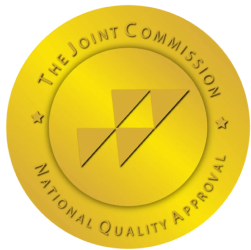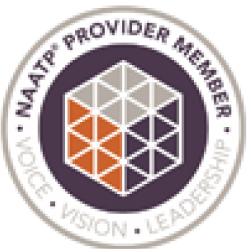Nicotine administration through any route can create psychoactive effects, mood alterations, positive reinforcement, and eventually, addiction. However, inhalation of tobacco smoke is the quickest and most efficient method of nicotine delivery to the brain. Less than ten seconds after inhalation, nearly 25% of the nicotine reaches the brain – a rate almost twice as fast as intravenous delivery. The chemical structure present within nicotine enables it to produce the same kind of addictive effects that are experienced with cocaine and heroin.
Nicotine produces its effects rapidly; as it begins to affect the body within mere seconds, the heart rate increases, levels of noradrenaline are boosted, and your concentration and mood are enhanced. Nicotine is also a catalyst for the release of dopamine, a brain chemical thought to be a major component of the addiction process. The release of this feel-good chemical results in activation of the pleasure center in the brain, arousal, positive reinforcement, and enhanced cognitive functioning.
The behavioral and pharmacological characteristics that determine tobacco addiction are similar to those that define the addiction to other psychoactive drugs. Asking yourself these questions below may help you to determine whether or not you display signs of addiction to nicotine or tobacco products:
- Do you light your first cigarette only 5 to 10 minutes after waking up?
- If your use is cut back or stopped, do you experience nicotine withdrawal symptoms?
- Do you smoke more than 7 cigarettes every day?
- Do you continue to smoke or abuse nicotine products despite being aware of the health risks?
- Would you still use nicotine regardless of the conditions or circumstances (during sickness, at social gatherings, when it’s raining or freezing, etc.)?
- Have you tried quitting nicotine use but failed to succeed?
- Do you lose control over the amount and frequency of nicotine and tobacco you use?
Do you find yourself answering “yes” to two or more of these questions? If so, it may be time to seek professional help. You can start by talking about your nicotine abuse problem with your primary doctor or requesting a referral to a licensed drug counselor or psychologist. If you are uncomfortable discussing your nicotine habit with a medical professional, there are also other ways to obtain credentialed and trusted answers to your questions about nicotine addiction, as well as treatment options.
At Asana Recovery, we strongly believe that rehabilitation programs are an important part in fighting against drug dependency. The road ahead may not always be easy or void of obstacles, but you can absolutely do it if given the support of the right team.
The carefully supervised detox programs and residential treatment in California at Asana Recovery are offered in an environment that is supportive, relaxing, and inspiring. We are deeply committed to ensuring your life long recovery while guiding you on the path to a much healthier and happier future. There is no better time than the present, and we are always available to speak with you. Call us at (949) 438-4504 to learn more about our alcohol and drug addiction treatment in California, today!





